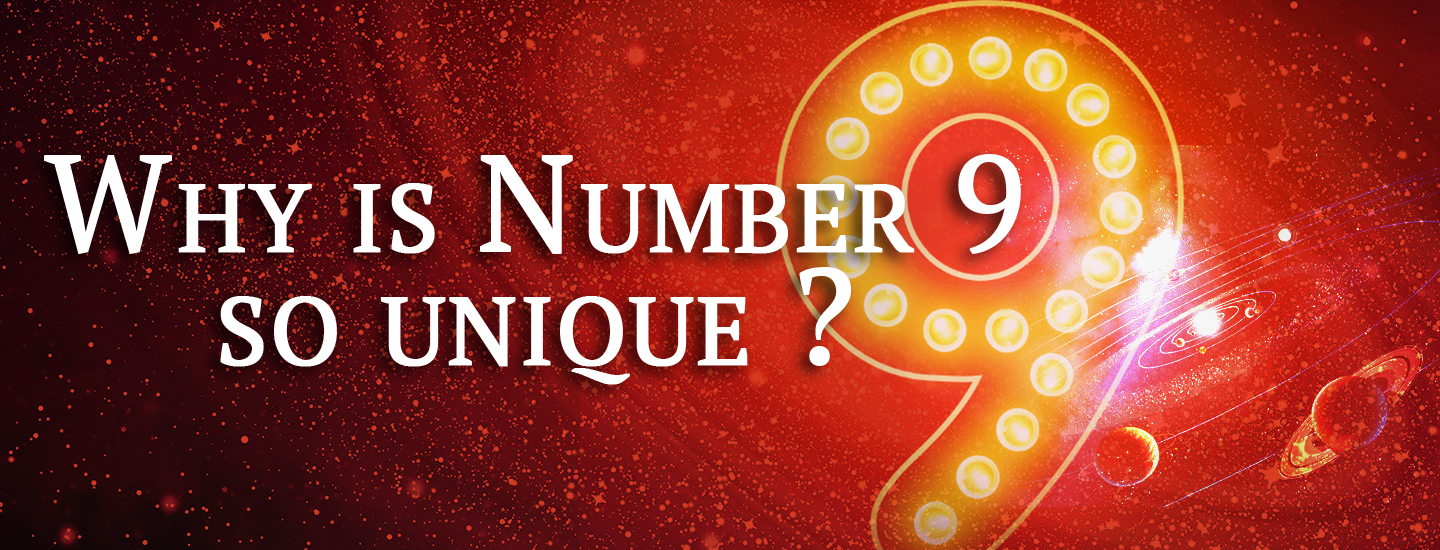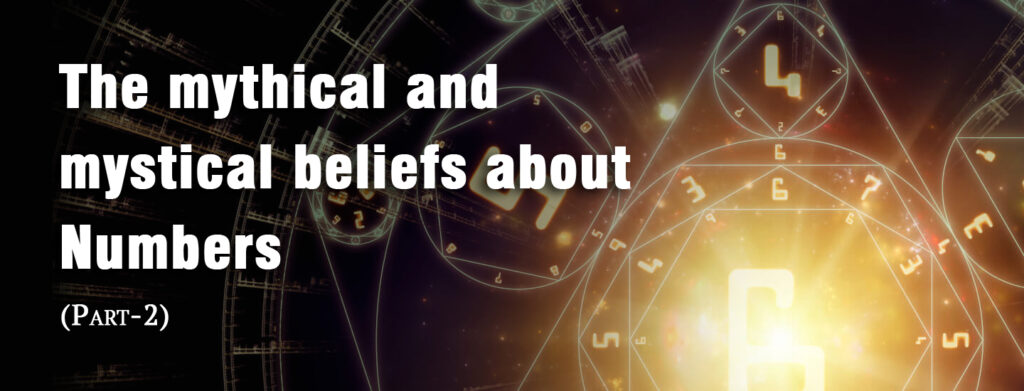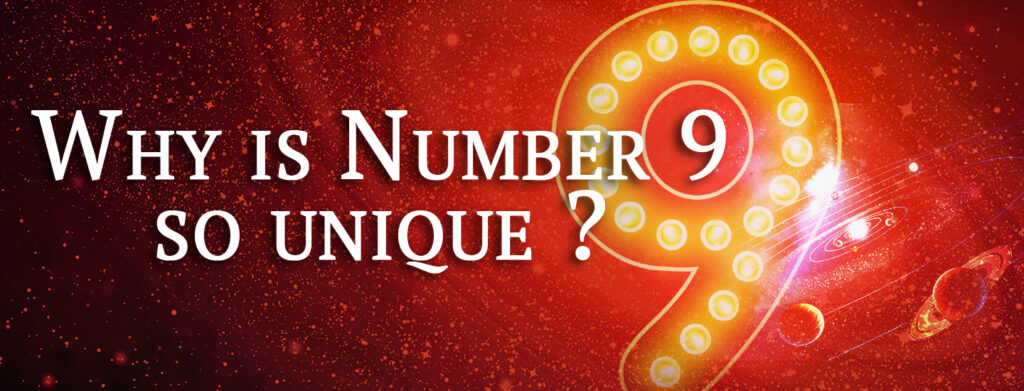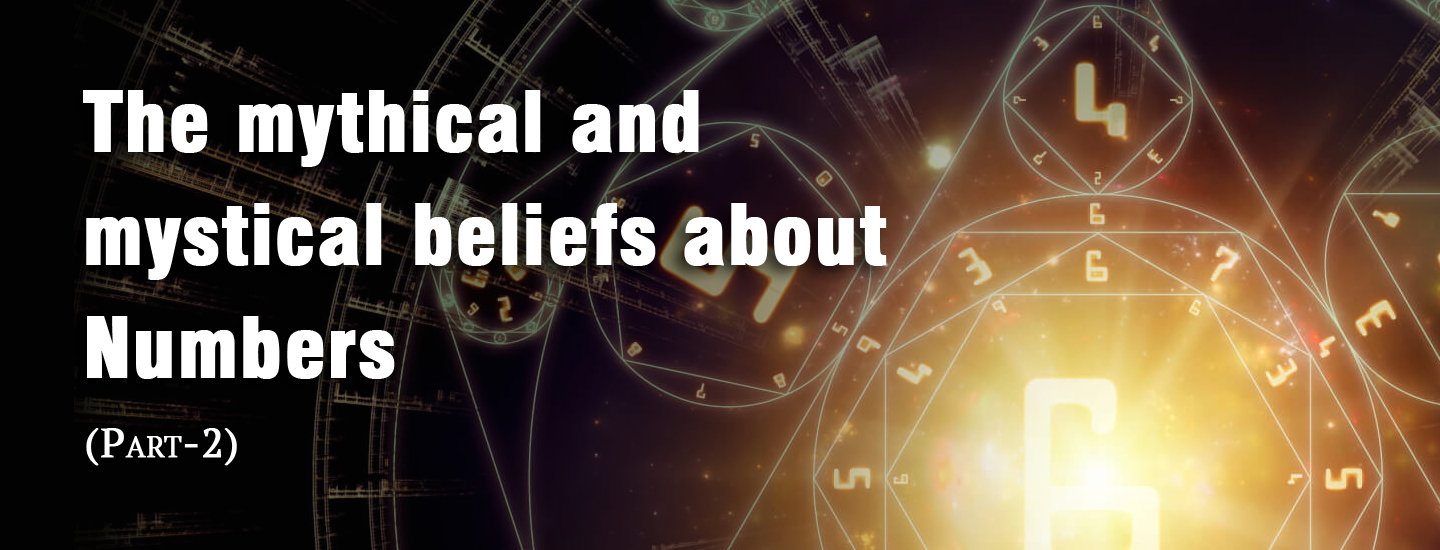Daiwik Hotels | February 29, 2020As we all know, Thursdays are considered highly auspicious in India because it is the day of the Guru (Guruvar). It is the day that the Guru Tattva (energy of the Guru within each one of us) is multiple folds more than any other day of the week. But is it pure coincidence that the first Thursday of the year 2020 happens to be the 9th? 2020 is already considered a spiritual year by mystics and now the first Thursday happens to be the 9th of January.
They say that the universe begins with zero and ends with 9 because after 9 the numbers just repeat themselves in two digits. So, 9 is also seen as a complete number. This is evident from the fact that any number that is multiplied with 9 and reduced to a single digit always becomes 9. For example, 9 times 3 is 27 and if you add 2+7, it will give you 9.
The number 108 (1+8 = 9; 12 times 9 is 108) is considered very holy in Hinduism, Buddhism and across a range of religions and cultures. 108 times is used in many spiritual chants in different religions to mark the completion of prayer.
Many of us may know that there are 18 chapters (1+8 = 9) in the entire Mahabharata as well as in the Bhagavad Gita, the sacred epic and scripture. The battle of Kurukshetra in the Mahabharata went on for 18 days. There are 18 Puranas and 108 Upanishads, which again are associated with 9.
The human body has 9 doors – two eyes, two ears, two nostrils, the mouth and the openings for excretion and procreation. Even the shape of the womb is in the form of 9. Perhaps it is no surprise that it takes 9 months for a human being to give birth to a child.
In Vedic culture, the number 9 finds a place of spiritual significance. There are 9 planets in Vedic astrology that are said to govern an individual’s life based on his/her actions (karma). These 9 planets are: Mars, Venus, Jupiter, Mercury, Saturn, Sun, Moon, Rahu (Northern lunar node), Ketu (Southern lunar node). There are 9 gems or Navaratnas that are associated with each of these planets: Pearl (for Moon), Ruby (for Sun), Blue Sapphire (for Saturn), Yellow Sapphire (for Jupiter), Red coral (for Mars), Emerald (for Mercury), Diamond (for Venus), Gomed or Hessonite (for Rahu) and Cat’s eye or Chrysoberyl (for Ketu).
We celebrate 9 days of Navaratri to mark the victory of Goddess Shakti over evil. There are 9 emotions (bhavas or rasas) in Indian classical dance known as the ‘Navarasas’: Shringara (love and beauty), Hasya (laughter), Karuna (compassion), Raudra (anger), Veera (courage), Bhayanaka (fear), Bibhatsya (disgust), Adbutha (surprise), and Shantha (tranquility)
There are 9 forms of devotion to God or our Supreme Self (Paramatma)
Shravan (hearing); Kirtan (praying); Smaran (remembering); Padasevan (resorting to feet); Archan (worship); Namaskar (bowing); Dasya (service); Sakhyam (friendship); Atma-Nivedana (surrender of the self).
So, from the above we can see that number 9 has a great spiritual significance. It is the number of the mystics and occultists, the royal divine number that begins and dissolves creation. Each number in the universe has its own spiritual and material significance, and if you are interested to know more about numbers, then it is worth understanding this mystical subject from an expert numerologist.















